The global workforce is constantly changing due to different generations and shifts in society. Each generation has its own unique traits, challenges, and contributions to the workplace. Right now, Millennials (Generation Y), aged 31 to 45, make up the largest part of the workforce. However, Generation Z, aged 16 to 30, is growing quickly and will play a bigger role in the coming years. By 2035, younger generations like Gen Z and Gen Alpha (15 and younger) will have a major impact on economies worldwide.
Current and Projected Workforce Distribution by Generation
The table below presents the current and projected workforce distribution across different generations.
| Generation | Born Years | Current Workforce (%) | Workforce Projections 2035 (%) |
|---|---|---|---|
| Builders (age 80+) | <1946 | – | – |
| Boomers (age 61-79) | 1946-1964 | 12% | – |
| Generation X (age 46-60) | 1965-1979 | 27% | 21% |
| Generation Y or Millennials (age 31-45) | 1980-1994 | 34% | 29% |
| Generation Z (age 16-30) | 1995-2009 | 27% | 31% |
| Gen Alpha (age ≤15) | 2010-2024 | – | 19% |
| Gen Beta (Not born yet) | 2025-2039 | – | – |
The data is sourced from Mccrindle.
According to the above table, the Millennial generation, ages between 31 and 45 make up the largest share of workers at around 34% in 2025. Generation X and Generation Z are the second and third largest workforce globally after Millennials. However, by 2035, Gen Z is expected to become the largest group in the workforce at around 31%, while Millennials will slightly decline to 29%.
Builders (Born before 1946)
The Builders generation, born before 1946, are now 80 years old and above. This generation played a key role in building and shaping our industries and economies in their prime time. However, this generation is no longer part of the global workforce, as their current and projected workforce participation rate has reached to 0%. Even though they are no longer working, their contributions helped build the foundation of today’s economies.
Baby Boomers (1946-1964)
Baby Boomers, born between 1946 and 1964, are currently between 61 and 79 years old. This generation still makes up about 12% of the global workforce. However, their workforce participation is expected to decline entirely by 2035, as most will reach retirement age. Additionally, this generation has played a major role in leadership qualities over the past decades. However, they are now gradually stepping away from active participation in the workforce.
Generation X (1965-1979)
Generation X, born between 1965 and 1979, are now 46 to 60 years old. This generation will make up about 27% of the workforce in 2025. By 2035, their share is projected to decline to 21% as they begin to retire. Gen X has been a crucial link between older and younger generations in the workforce.
How Global Poverty Has Changed Over the Last 15 Years (2010-2024)
Generation Y or Millennials (1980-1994)
The Millennials generation, also known as Generation Y, are now 31 to 45 years old. They currently make up the largest portion of the workforce at 34%. By 2035, their share will slightly decrease to 29% as younger generations take over. Millennials are known for their strong use of technology and their push for workplace flexibility and innovation.
Generation Z (1995-2009)
Generation Z are now 16 to 30 years old and make up 27% of the workforce. By 2035, their share will increase to 31%, making them the largest working group among all generations. Gen Z is the first generation to grow up with the internet, smartphones, and social media as a central part of their daily lives. Additionally, this generation is more cautious in their career choices and prefers remote or hybrid jobs that provide a better work-life balance.
Gen Alpha (2010-2024)
Gen Alpha, born between 2010 and 2024, are still young and not yet part of the workforce. However, by 2035, they are expected to make up 19% of the global workforce. As they grow up in an era of rapid technological advancements, this generation is expected to bring fresh innovations and new approaches to work.
Gen Beta (2025-2039)
Gen Beta refers to those who will be born between 2025 and 2039. Since they have not yet been born, they are not part of the workforce now or in the near future. They will begin to enter the workforce after 2035.
Conclusion
The workforce is changing fast as older generations retire and younger ones take their place. The Millennial generation is the largest working group in 2025. However, by 2035, Generation Z will lead as the largest working population, followed by Gen Alpha. These younger generations will help to shape the future of work with new ideas and innovations.

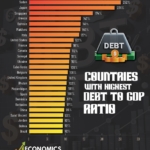
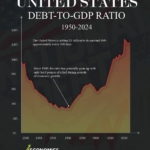
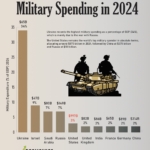

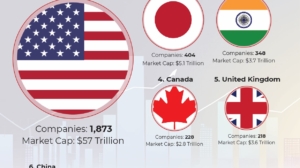
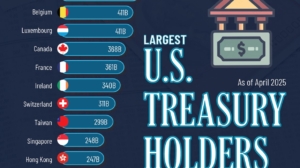
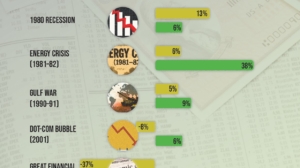
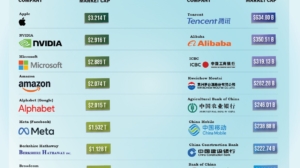
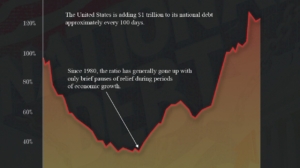

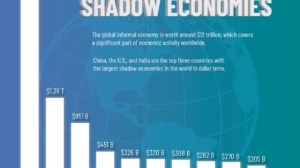
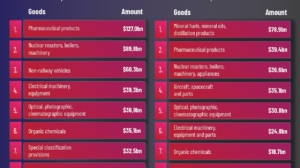
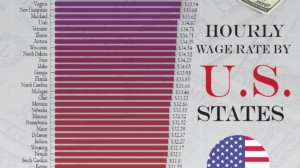
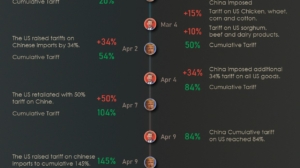
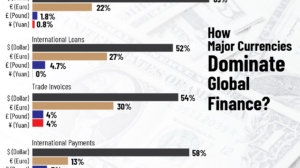
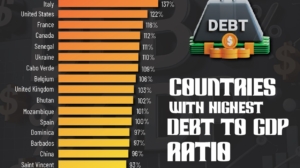
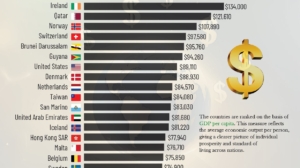
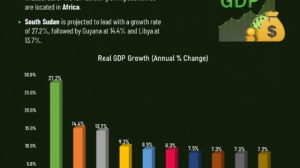
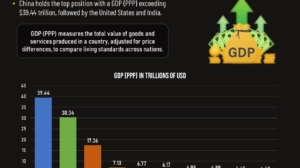
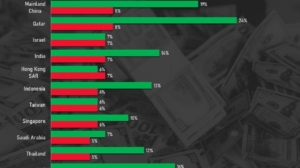
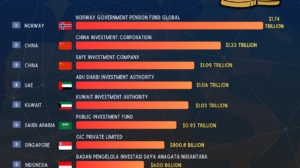
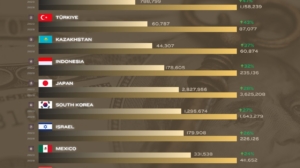
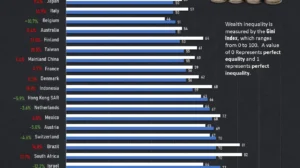
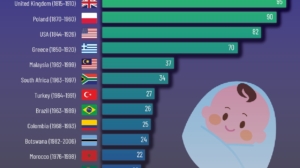
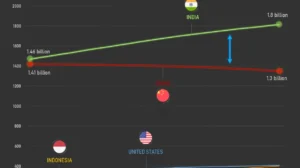
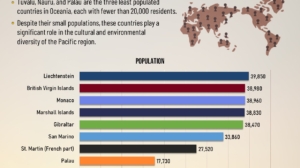
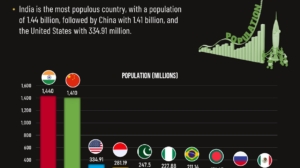
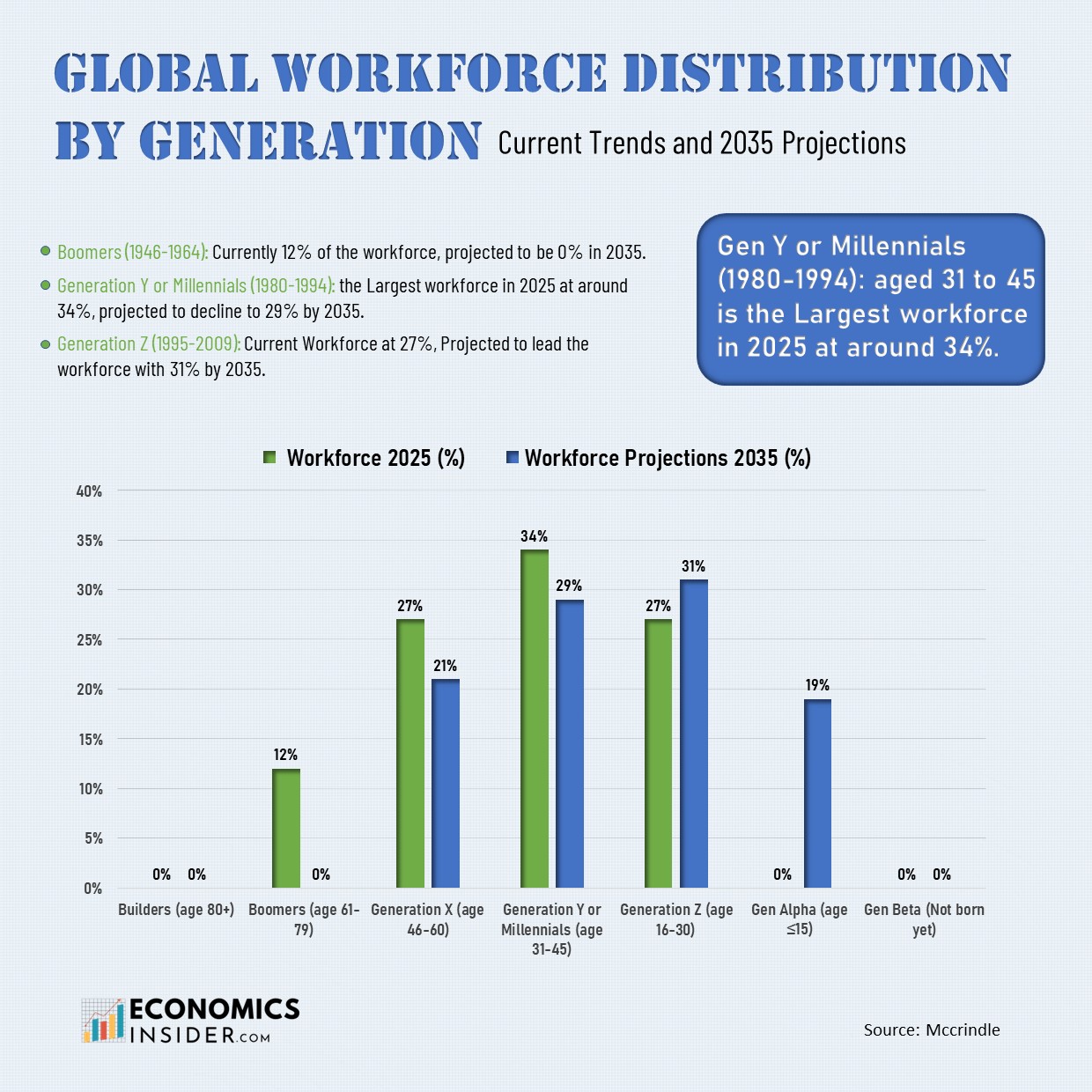
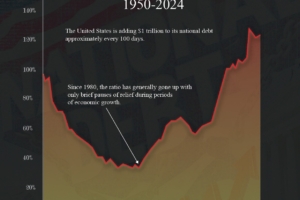
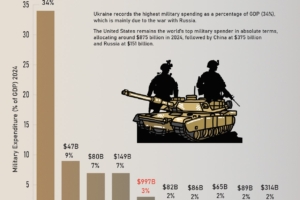
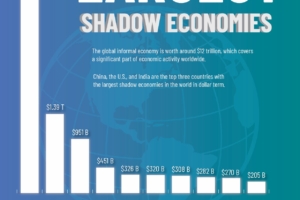








Add Comment